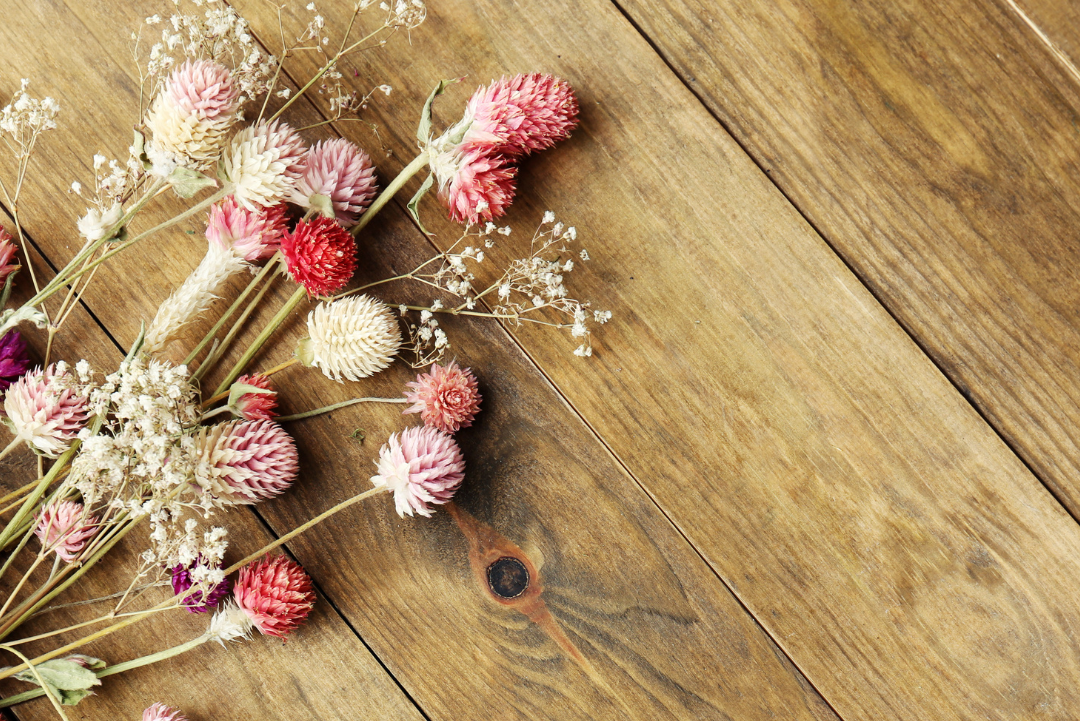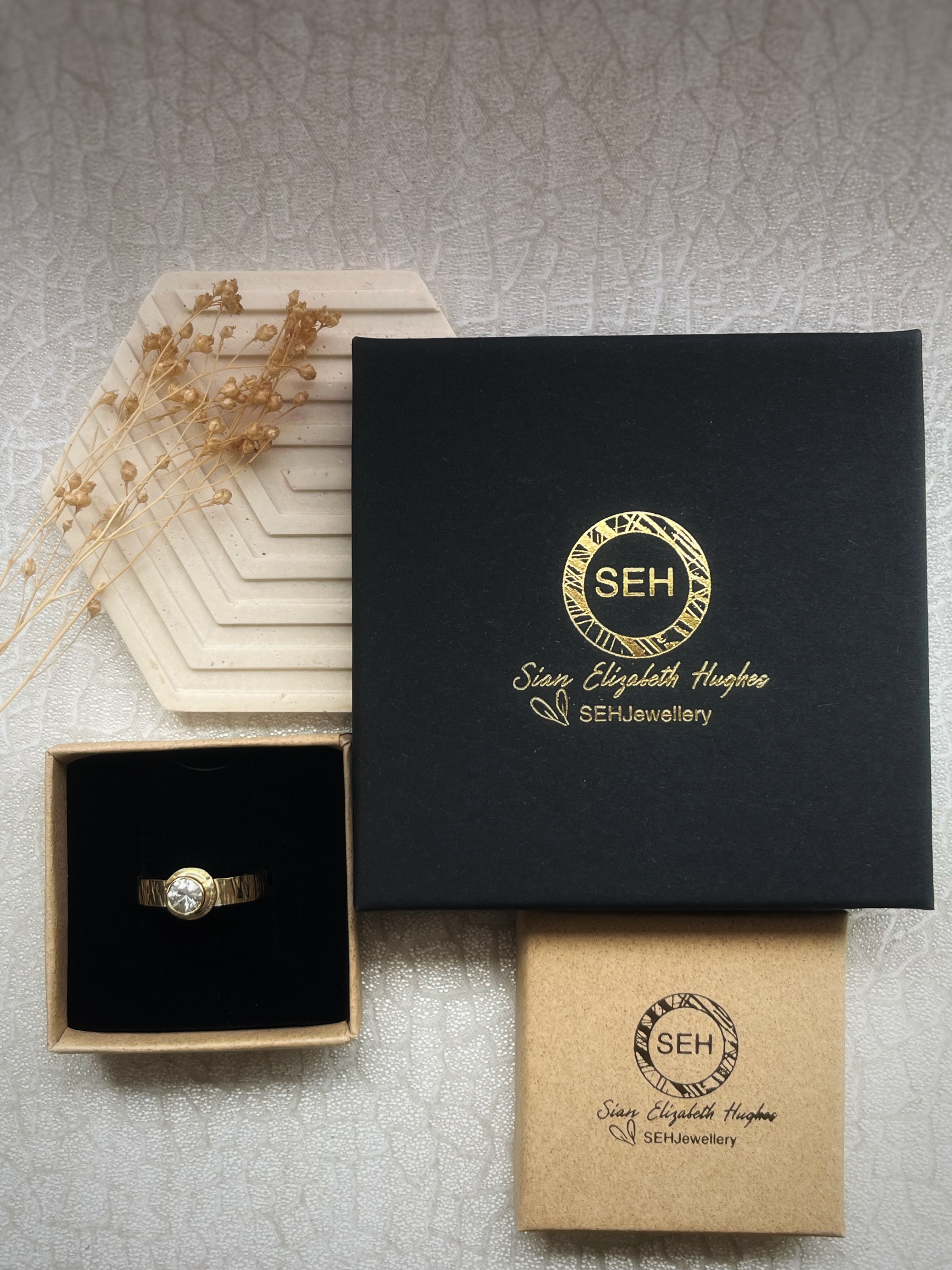-
What is recycled gold?
Recycled gold refers to gold that has been reclaimed, refined, and reused from existing sources rather than obtained through newly mined gold. This process involves melting down existing gold jewellery, bullion, or other gold-containing items to extract the precious metal and refine it into a form suitable for reuse in new jewellery or other applications.
What makes this special?
1. Environmental Benefits: Mining for gold can have significant environmental impacts, including habitat destruction, soil erosion, and water pollution. By using recycled gold, the need for additional mining is reduced, helping to conserve natural resources and minimise environmental harm.
2. Ethical Considerations: Some consumers are concerned about the social and ethical issues associated with gold mining, such as exploitation of labour, unsafe working conditions, and support for conflict regions. Recycled gold provides an ethical alternative, as it does not contribute to these negative consequences associated with mining.
3. Economic Efficiency: Recycling gold is often more cost-effective than sourcing new gold through mining. It requires less energy and resources to extract and refine gold from existing sources, making it a more sustainable and economically viable option.
4. Quality and Purity: Recycled gold undergoes the same refining process as newly mined gold, ensuring that it meets the same purity standards. It can be recycled repeatedly without losing its quality, making it indistinguishable from newly mined gold in terms of appearance and properties.
5. Consumer Appeal: Many consumers are attracted to the idea of using recycled materials in their jewellery, as it adds a unique story and sustainability aspect to their purchase. Recycled gold jewellery is often marketed as eco-friendly and socially responsible, appealing to environmentally conscious consumers. -
What different types of gold are there?
Gold jewellery comes in various compositions denoted by carats (ct), indicating the purity of gold in the alloy. Caratage is measured on a scale of 24, where 24 represents pure gold (99.9%) known as 24 carat gold.
1. 9ct Yellow Gold: This type of gold contains 37.5% pure gold mixed with other metals such as copper and silver to enhance durability and create the desired colour. It's popular for its affordability and durability while still retaining the classic warm hue of gold.
2. 9ct White Gold: Similar to yellow gold, 9ct white gold consists of 37.5% pure gold mixed with white metals such as nickel, palladium, or silver. It's then plated with rhodium to achieve a bright, white finish. White gold is favoured for its elegant appearance and versatility.
3. 9ct Rose Gold: Also known as pink or red gold, 9ct rose gold contains 37.5% pure gold mixed with copper to create its distinctive rosy hue. Rose gold jewellery has gained popularity for its romantic and vintage-inspired aesthetic, offering a unique alternative to traditional gold colours.
4. 18ct Yellow Gold: This higher caratage gold contains 75% pure gold, making it more valuable and luxurious. It has a deeper, richer colour compared to 9ct gold and is often favoured for fine jewellery pieces due to its higher gold content and inherent value.
5. 18ct White Gold: With 75% pure gold content, 18ct white gold offers a more substantial and luxurious option compared to its 9ct counterpart. It's alloyed with white metals and often rhodium plated to achieve a brilliant white finish, making it an ideal choice for sophisticated and timeless jewellery designs.
6. 18ct Rose Gold: Similar to its 9ct counterpart, 18ct rose gold contains 75% pure gold mixed with copper to create its distinctive pink hue. It offers a more luxurious option with a higher gold content, making it prized for its warmth and romantic appeal in fine jewellery pieces.Each type of gold alloy has its own unique characteristics, catering to different preferences in terms of colour, value, and durability, allowing individuals to choose the perfect option to suit their style and budget.
-
Where do you source your gemstones?
I always buy from reputable dealers who can trace stones back to their source.
I’m always happy to source gemstones for customers.
If you have your own loose gemstones or gemstones in a piece of unwanted or unworn jewellery why not use them in a new piece of jewellery?
I am happy to remove and reuse sentimental gemstones, though just be mindful some gemstones may not come out all in 1 piece sadly!
-
Can you make my own design?
If you have a design idea in mind for a new piece of jewellery I would love to hear it! I can work to all budgets and styles. I am very open if I feel that there is a design I cannot do justice and there’s never an obligation to purchase.
-
Can you make my old gold jewellery into something new?
Yes, I am happy to accept old hallmarked jewellery and use the scrap value of this metal against the cost of the new piece of jewellery. Where possible I melt and use the original gold however in some circumstances new gold is needed in a particular form as the process of melting re-alloying the original gold is too labour intensive.
-
How long will my order take?
Orders such as ring bands, necklaces and earrings are usually made and dispatched within a week.
Custom and bespoke orders are usually 3-6 weeks depending on the complexity of
the design. -
How will my jewellery be packaged?
I try to use as little recycleable or biodegradable packaging as possible, that being said your jewellery will be lovingly packaged and ready to gift.
-
How will my jewellery be shipped to me?
I use Royal Mail to ship all my handmade jewellery in the UK and overseas.
If you have an alternative preferred courier just let me know, I'm happy to use them instead.
-
How do I find out my ring size?
FREE RING SIZERYou can measure your finger size at any high street jewellers or for a free ring sizer click the link below.
-
Do you make engagement rings?
Yes! I have made many engagement rings over the years and have a wealth of experience design and making show stoppers to simple bands.
I love to understand the style, sentiment and journey of each client and cater to their lifestyle and budget.
I’d be happy to chat over design ideas and show my past design and samples.
-
Can you make variations on a design such as size, shape or length?
You can pretty much have any size, shape or length made to your specifications. As long as I can make it and it will work as a piece of jewellery.
I am always sharing images and videos of bespoke orders so that you can feel inspired.
I’m Sian Elizabeth Hughes — a jeweller making solid recycled gold pieces by hand, inspired by nature and a slower way of living.
Every piece is carefully melted, made and finished by me — no mass production, just proper craft.Find me here:
📸 Instagram | 🛒 Etsy | 🌎 Website | 🎵 TikTok | 📹 YouTube | 👍 FacebookJewellery made properly — by hand, by me.


